21 Wild Animals in Singapore [Wildlife in Singapore]
Want to know more about the wildlife in Singapore?
Discover 21 wild animals in Singapore in this post, as well as interesting facts about them. 🇸🇬
Learn All About Singaporean Animals
Ready to learn all about the animals found in Singapore?
I’ve always been fascinated by animals, and by how they can be so different from one country to another. In this guide, we’ll focus on the many animals Singapore has on the land, in the sky, and underwater.
I’ve split the guide into 4 categories:
- Native animals from Singapore
- Endangered animals of Singapore
- What is Singapore national animal?
- How many animals native to Singapore?
Let’s dive in right away with our first category!
Native Animals from Singapore
Singapore is a small Asian island country located in the southeastern part of the continent, off the southern tip of the Malay Peninsula. It is one of the smallest countries in all of Asia, has the third highest population density in the world, has four official languages (English, Malay, Tamil, and Mandarin), and used to be a British colony. It is surrounded by the Indian Ocean and counts more than 5,453,000 inhabitants.
An interesting part of the country that I wanted to tackle is its wildlife. In light of that, I have listed the best of it, and I hope you will love learning what animals live in Singapore.
Here’s the Singapore animals list.
1. Crab-eating macaque
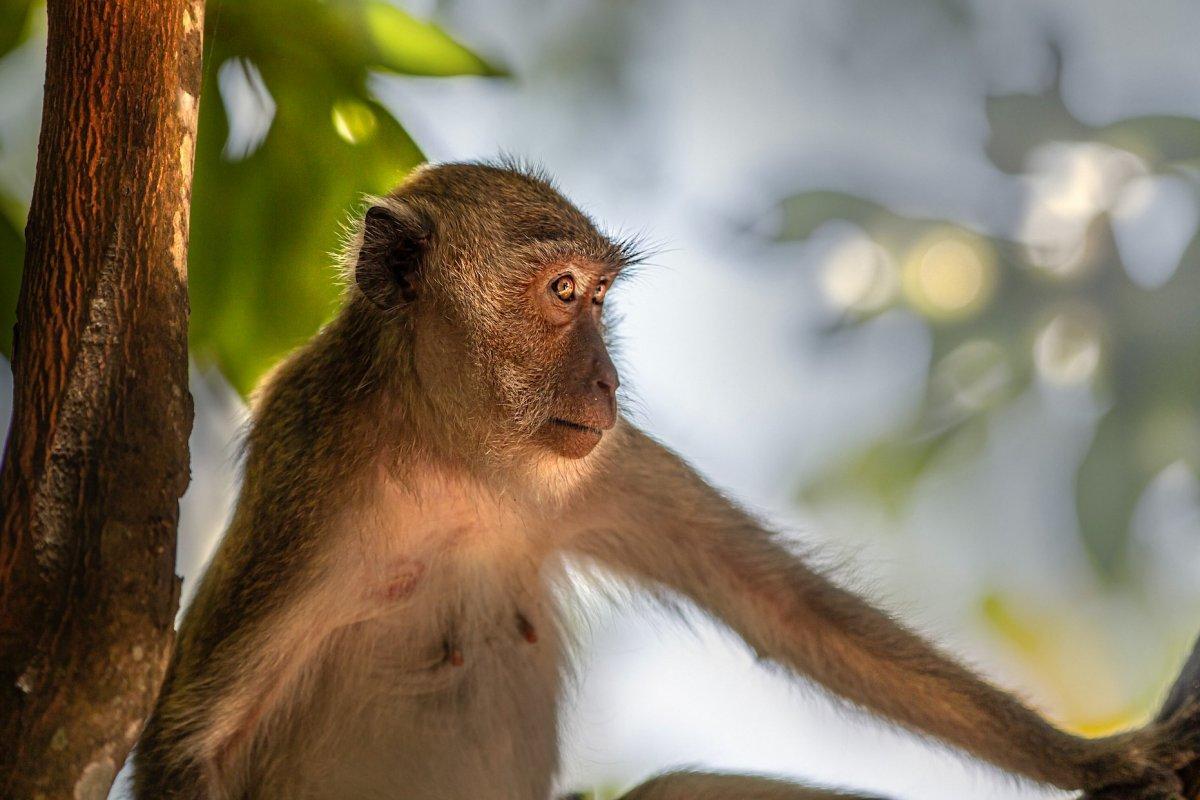
- Name: Crab-eating macaque
- Scientific name: Macaca fascicularis
- Conservation status:
Despite its small size and large-scale urbanization, Singapore boasts an incredibly diverse and beautiful wildlife, and the crab-eating macaque, also known as the long-tailed macaque or the cynomolgus monkey, is one of the animals native to the country.
It lives in societies of up to 8 individuals, dominated by females: males tend to leave the group when they reach puberty. This monkey is an opportunistic omnivore, known to use tools.
2. Restless demon
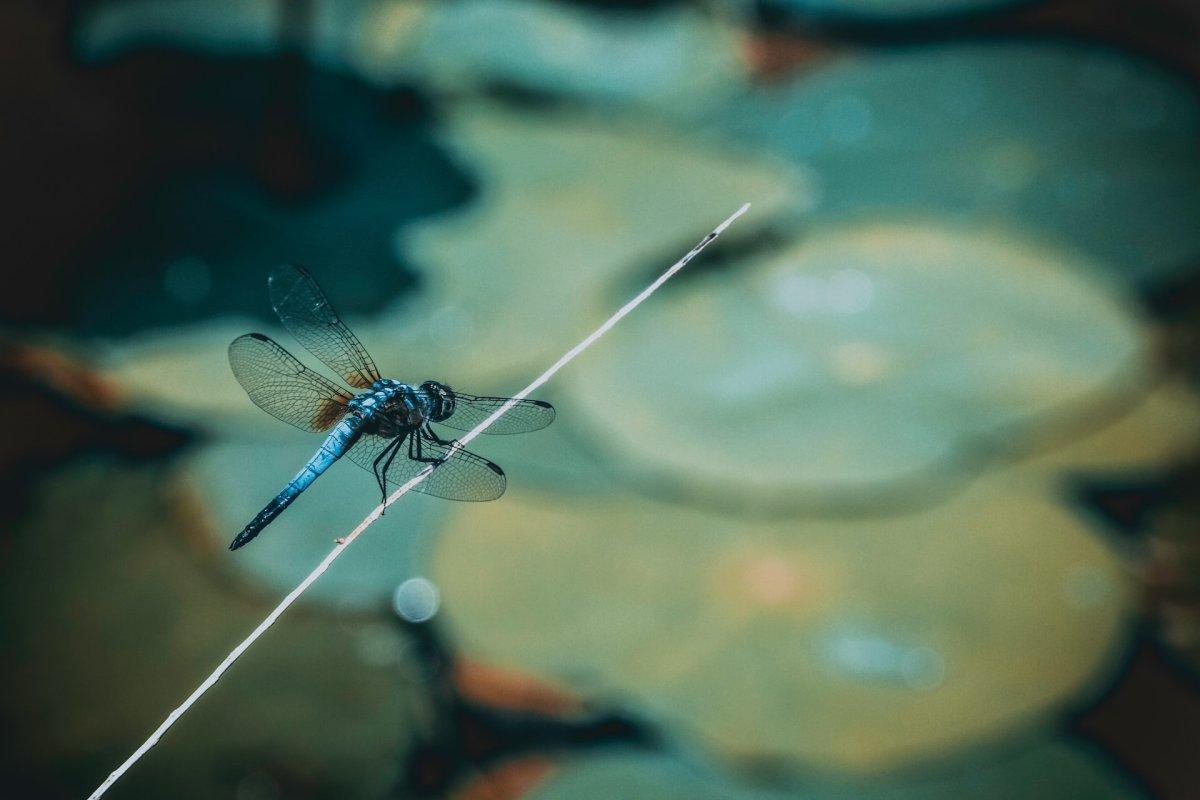
- Name: Restless demon
- Scientific name: Indothemis limbata
- Conservation status:
Singapore is home to a dangerous, fearsome, and mighty legendary beast that no one dares to approach, the… dragonfly?
Despite its name, the restless demon is not that scary. It is a rare species of dragonfly found in Singapore, Sri Lanka, India, Myanmar, and Thailand, and despite being listed as least concern, is one of the Singapore government’s priorities in terms of wildlife conservation. This dragonfly is small and black and has yellow markings on its body.
3. Finlayson’s squirrel
- Name: Finlayson’s squirrel
- Scientific name: Callosciurus finlaysonii
- Conservation status:
Finlayson’s squirrel, also known as the variable squirrel, is the only introduced mammal in Singapore, that strictly monitors its borders. In other countries such as Thailand, it is commonly seen in parks and gardens of cities, and it inhabits a wide range of wooded habitats.
This squirrel usually lives in the canopy and primarily feeds on fruit. Thanks to its dichromatic vision, it is able to discriminate unripe from ripe fruits!
4. Sunda clouded leopard
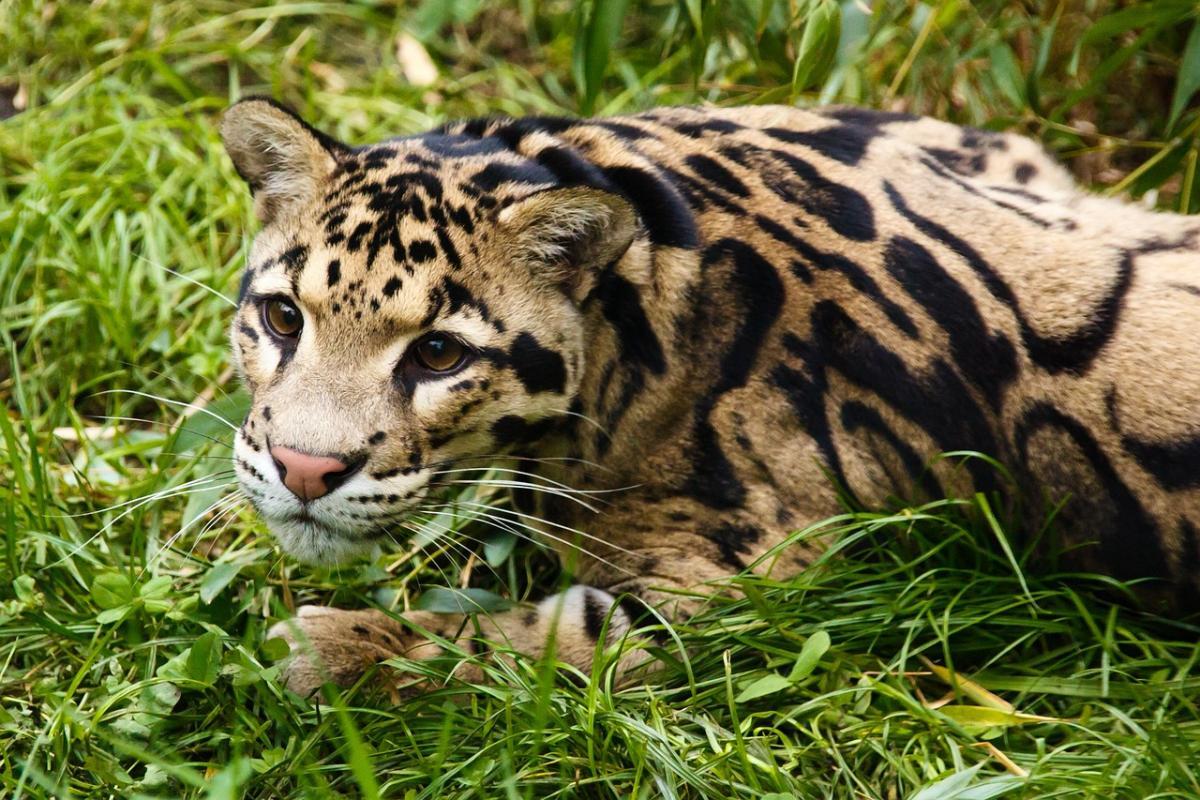
- Name: Sunda clouded leopard
- Scientific name: Neofelis diardi
- Conservation status:
The Sunda clouded leopard, also known as Diard’s clouded leopard, Diard’s cat, the Enkuli clouded leopard, or the Sundaland clouded leopard, is a medium-sized species of wild cat native to Sumatra and Borneo. Its presence in Singapore is not completely verified, primarily because of its elusive and nocturnal nature.
Closely related to the mainland clouded leopard, it has darker fur with smaller cloud patterns. It is a solitary cat that hunts on the ground and climbs trees to hide from dangers.
5. Smooth-coated otter
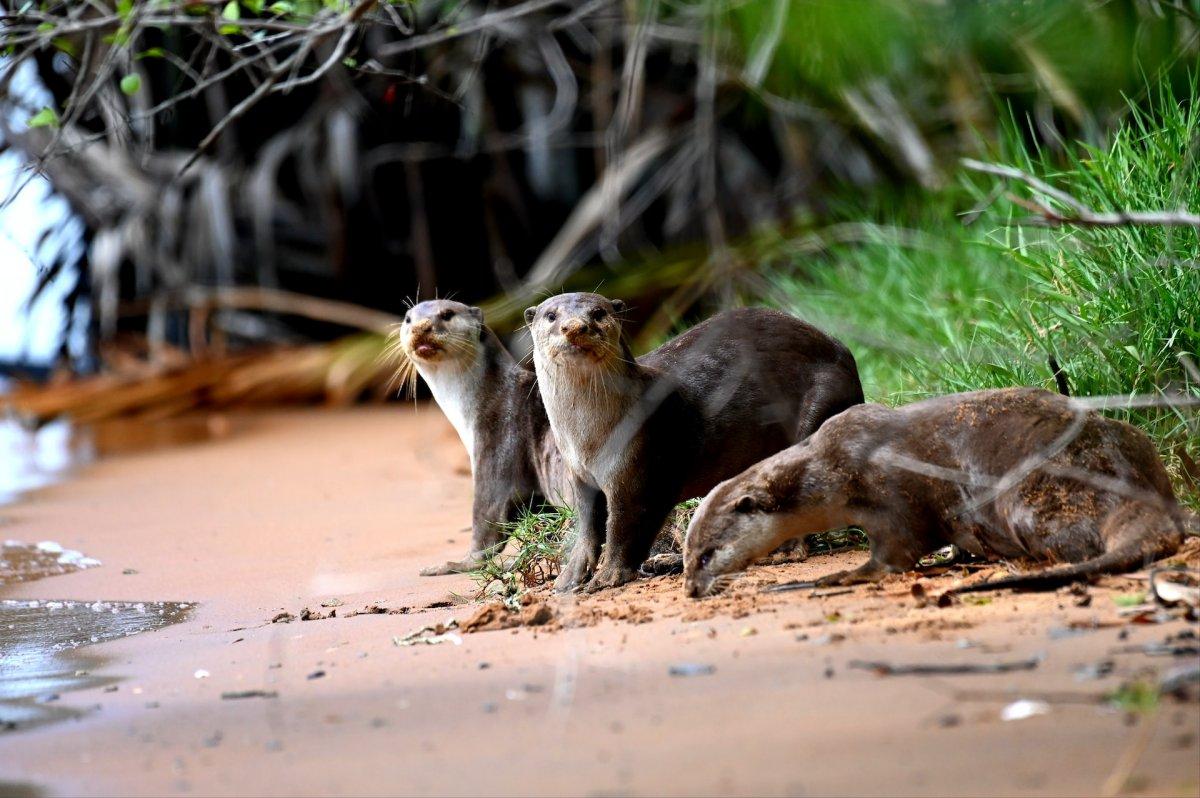
- Name: Smooth-coated otter
- Scientific name: Lutrogale perspicillata
- Conservation status:
The smooth-coated otter is a species of otter found in southern and southeastern Asia. It also has a unique, disjunct population in Iraq, and has been listed as vulnerable to extinction since 1996, its main threats being poaching for the illegal wildlife trade, habitat loss, and pollution.
In Singapore, the smooth-coated otter can be found in mangroves, coasts, rivers, canals, and lakes on mainland Singapore, and is often seen traveling overland to smaller islands.
6. Equatorial spitting cobra
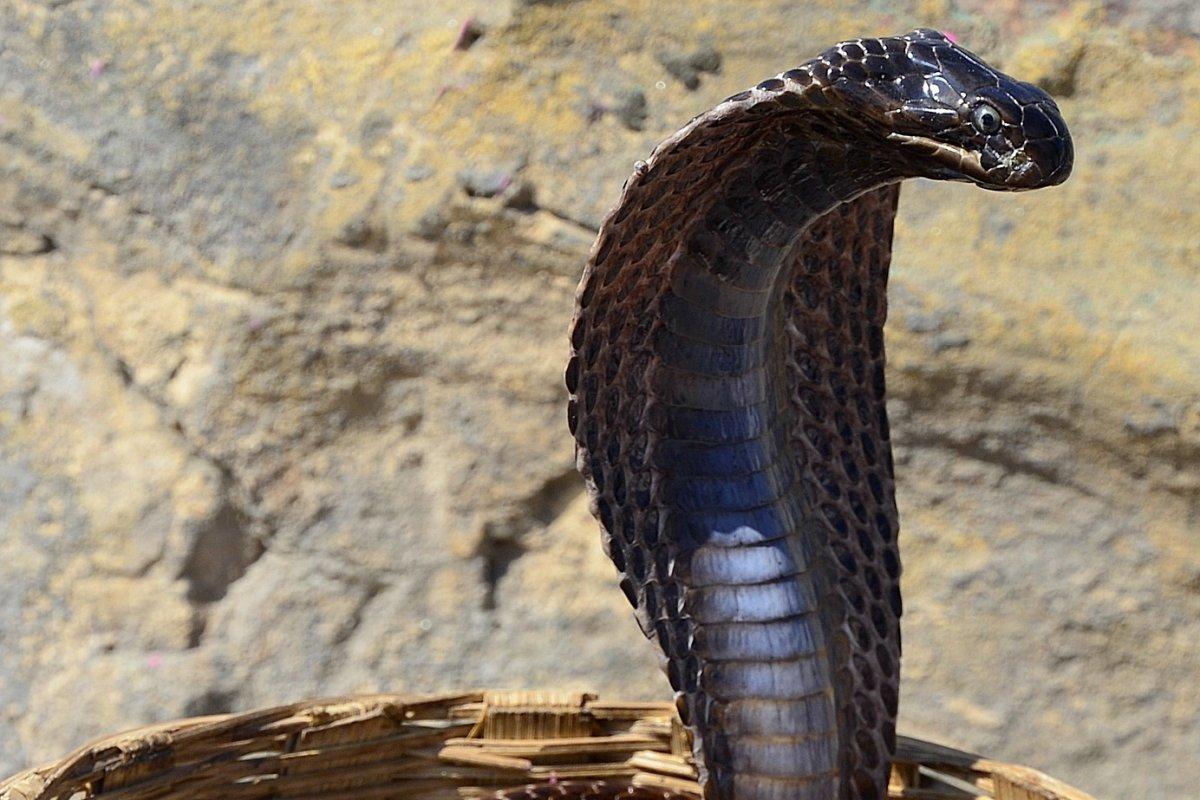
- Name: Equatorial spitting cobra
- Scientific name: Naja sumatrana
- Conservation status:
The equatorial spitting cobra, also known as the golden spitting cobra, the black spitting cobra, the Malayan spitting cobra, or the Sumatran spitting cobra, is a species of cobra native to Southeast Asia. It lives in desolated urban areas in Singapore, at elevations of up to 1,500 m / 4,900 ft above sea level.
This cobra is not naturally aggressive but does not hesitate to spit venom (hence its name) when threatened or cornered and uses its fangs to bite.
7. Saltwater crocodile
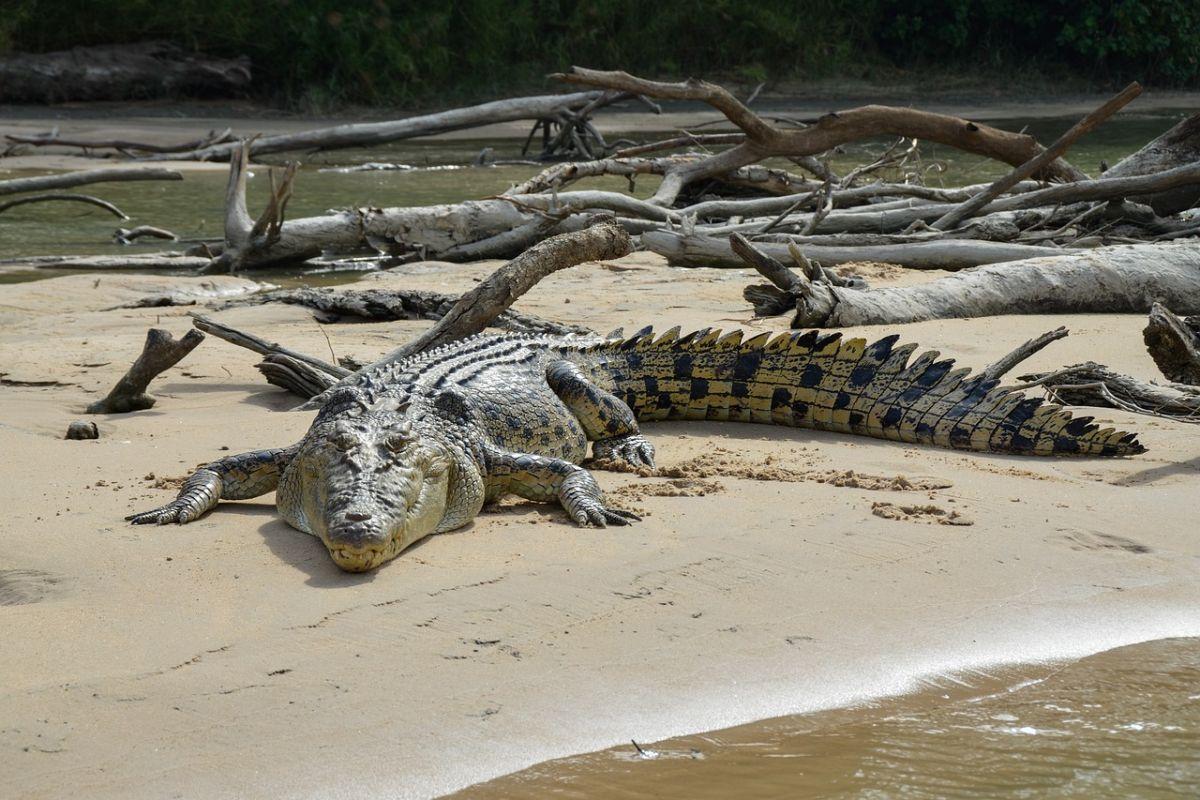
- Name: Saltwater crocodile
- Scientific name: Crocodylus porosus
- Conservation status:
The saltwater crocodile, also known as the estuarine crocodile, the Indo-Pacific crocodile, the sea crocodile, or the marine crocodile, is the most dangerous large animal that you could encounter in Singapore. It is an exceptionally strong, ambush, and hypercarnivorous apex predator that is known to kill and eat humans.
This crocodile is the largest crocodile and reptile on the planet, as it can reach more than 6.3 m / 21 ft in length and weigh up to 1,300 kg / 2,900 lb!
8. Asian water monitor
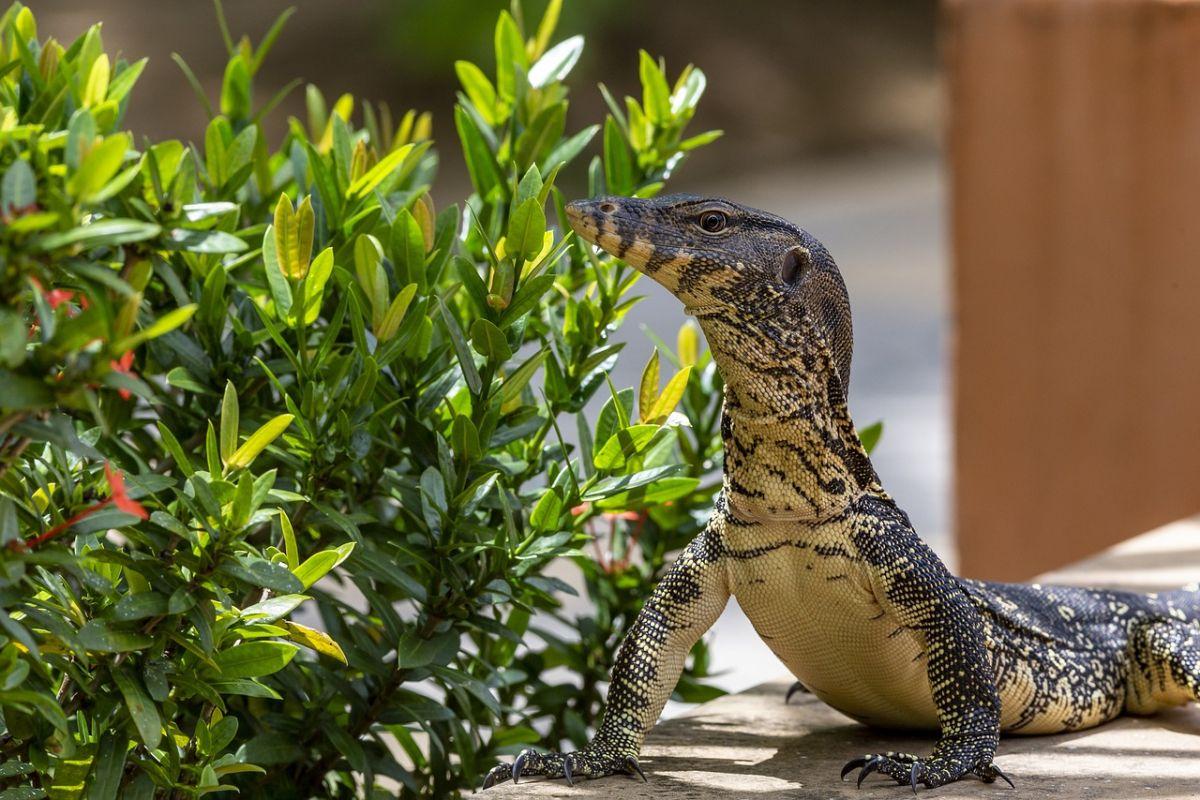
- Name: Asian water monitor
- Scientific name: Varanus salvator
- Conservation status:
The Asian water monitor, also known as the no-mark lizard, the water monitor, the rice lizard, the ring lizard, or the two-banded monitor, is a large species of varanid native to southeastern and southern Asia. It is very common and widespread in Singapore and can be sighted around habitats close to water.
This reptile uses its tail, claws, and jaws to defend itself, and it is an excellent swimmer. When hunting, it usually swiftly strikes its target’s neck and swallows it whole.
9. Crimson sunbird
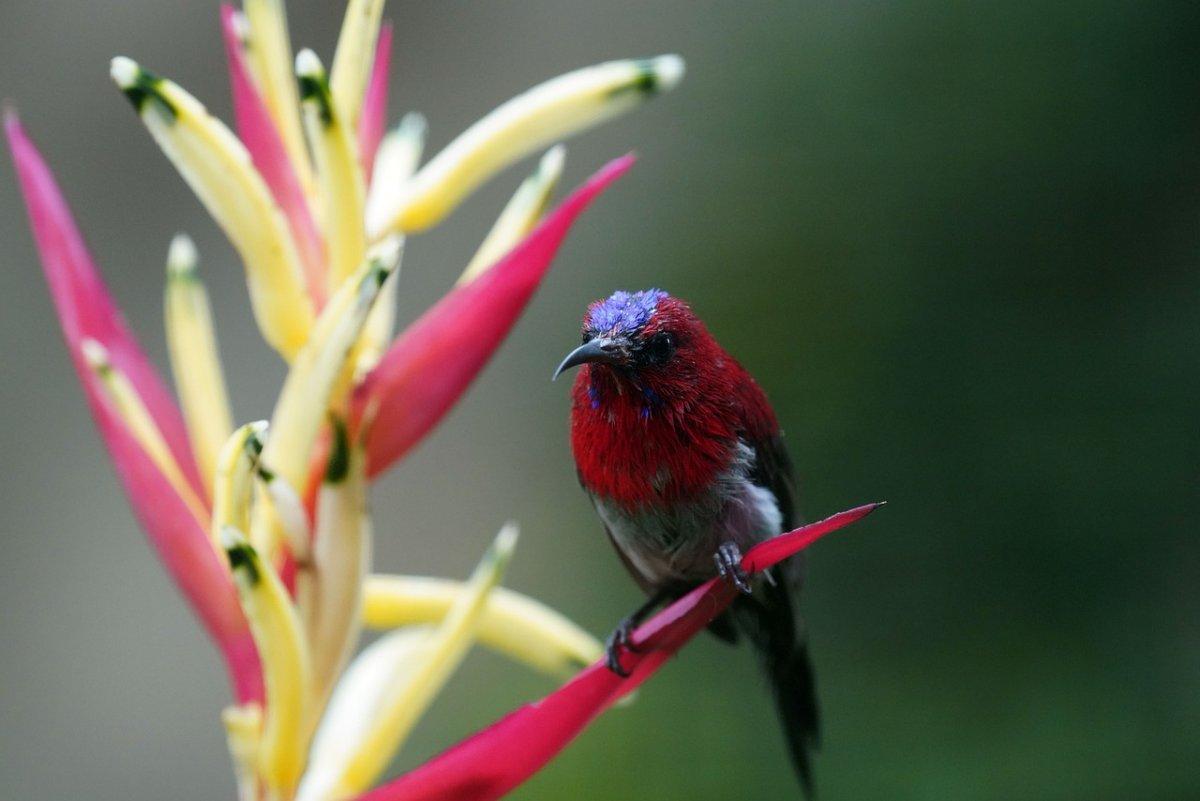
- Name: Crimson sunbird
- Scientific name: Aethopyga siparaja
- Conservation status:
With the animals you just saw, Singapore seems like a dreadful country, but there are also some wonders of nature, such as the crimson sunbird.
The crimson sunbird is a species of bird found in southern and southeastern Asia. It is Singapore’s unofficial national bird, and it almost exclusively feeds on nectar. The name of this bird comes from the male’s striking red color, while females are mainly olive-green with yellowish breasts.
10. Indo-Pacific humpback dolphin
- Name: Indo-Pacific humpback dolphin
- Scientific name: Sousa chinensis
- Conservation status:
The Indo-Pacific humpback dolphin, also known as the Chinese white dolphin, is another incredible animal you could spot in Singapore, more precisely around the Straits of Johor and the Singapore Strait.
It is found in coastal waters in the western Pacific Ocean and the eastern Indian Ocean and is seriously endangered by habitat loss, pollution, overfishing, and human encroachment, which impacts the dolphin’s fecundity, calf survival, and reproductive rate.
11. Malayan tapir
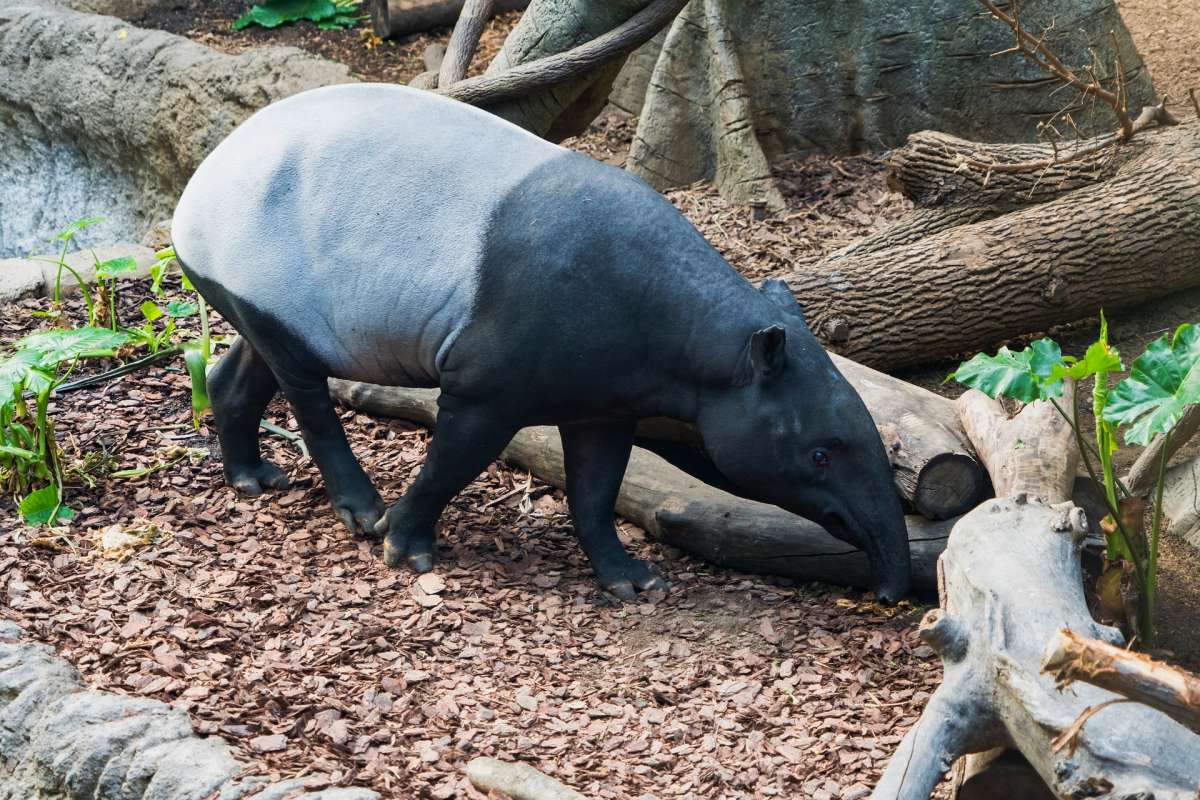
- Name: Malayan tapir
- Scientific name: Tapirus indicus
- Conservation status:
The Malayan tapir, also known as the Asiatic tapir, the Asian tapir, or the Indian tapir, is an occasional visitor in Singapore. It is native to Southeast Asia, from the Malay Peninsula to Sumatra, and fewer than 2,500 mature individuals remain in the wild, which is why it is listed as endangered.
This tapir lives in the tropical lowlands forests of southeastern Asia and is primarily solitary. It is exclusively herbivorous and feeds on a very wide variety of plant material.
12. Raffles’ banded langur
- Name: Raffles’ banded langur
- Scientific name: Presbytis femoralis
- Conservation status:
The Raffles’ banded langur, also known as the banded surili or the banded leaf monkey, is a species of primate endemic to Singapore and the southern parts of the Malay Peninsula. Because of this very small range and its dangerously low numbers, it is on the brink of extinction.
In Singapore, there are about 60 Raffles’ banded langurs, living primarily around Central Catchment and Upper Thomson. They are diurnal and arboreal primates, which live in primary and swamp forests, and mainly feed on fruits and seeds.
13. Asian elephant
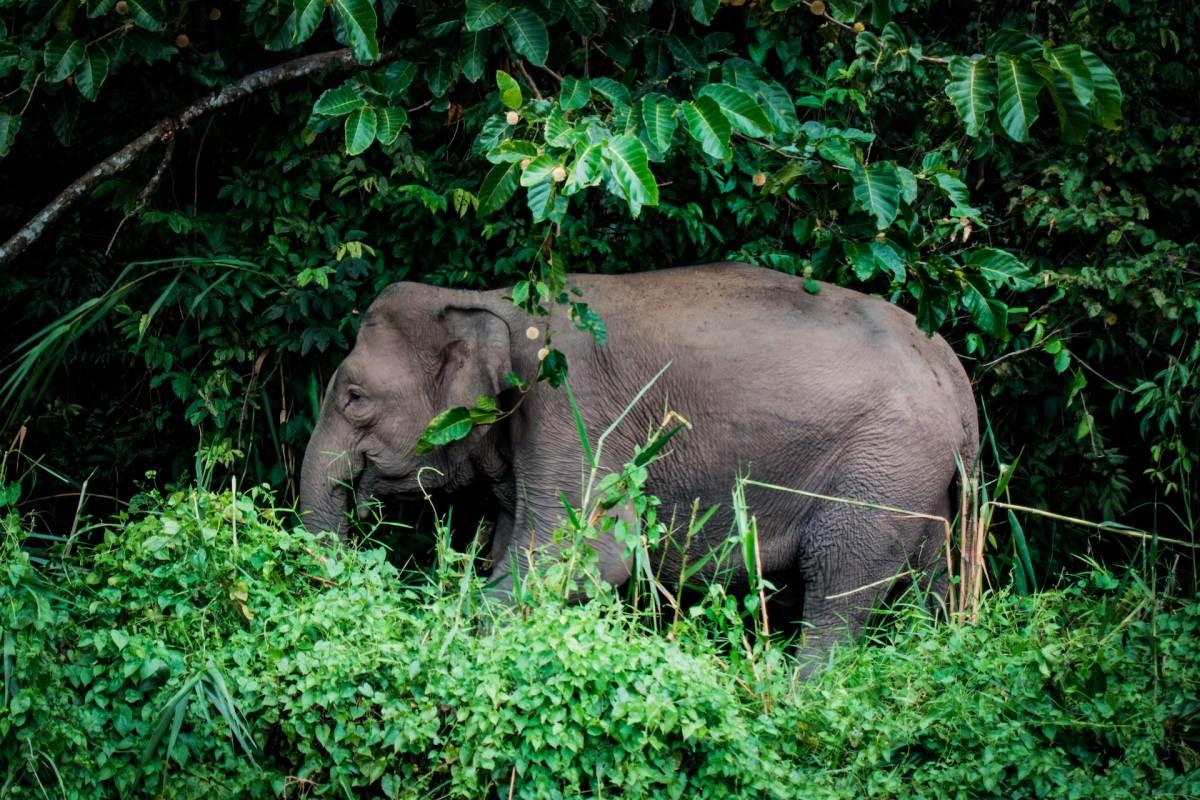
- Name: Asian elephant
- Scientific name: Elephas maximus
- Conservation status:
Similarly to the Malayan tapir, the Asian elephant, also known as the Asiatic elephant, is a rare vagrant in Singapore. It is the only elephant living outside of Africa, and it can be found from the Indian subcontinent to Southeast Asia and Indonesia.
Alongside its African counterparts, the Asian elephant is threatened by habitat loss and poaching for its meat and ivory: because of this, its global population has declined by more than 50 percent in only 60 to 75 years!
14. King cobra
- Name: King cobra
- Scientific name: Ophiophagus hannah
- Conservation status:
The king cobra, although found in Singapore, is becoming rarer and rarer. It is a species of venomous snake endemic to the jungles of southern and southeastern Asia and is an important symbol of India: present in traditions and mythology, it has been used extensively in snake charming.
In fact, most victims of this cobra are snake charmers. However, despite its fearsome reputation, it is not aggressive, and bites are pretty uncommon.
15. Malayan porcupine
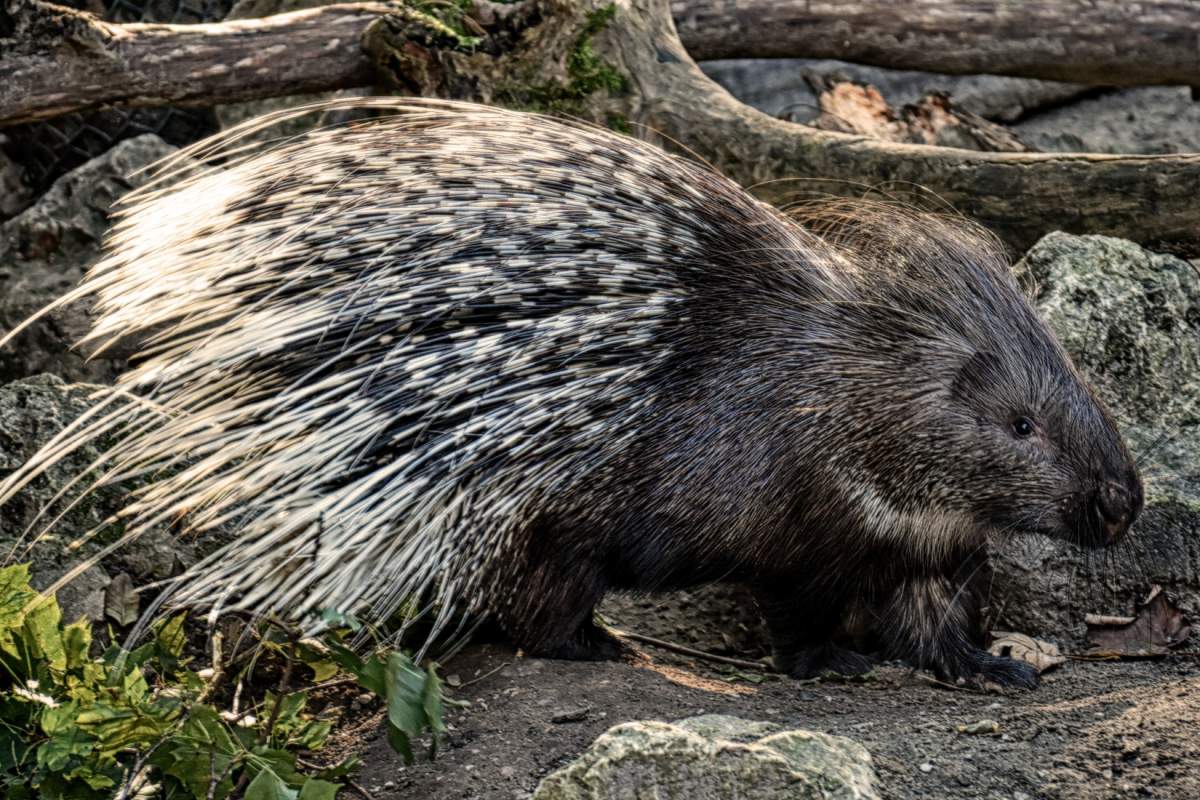
- Name: Malayan porcupine
- Scientific name: Hystrix brachyura
- Conservation status:
The Malayan porcupine, also known as the Himalayan porcupine, is a species of rodent native to southern and southeastern Asia. As its names suggest, it can be found from the Himalayas mountain range to southeastern Asia and Indonesia, and it is a terrestrial animal living in small groups.
This porcupine lives in various types of forest habitats as well as agricultural areas and can be found at elevations of up to 1,500 m / 4,900 ft above sea level.
16. Dugong

- Name: Dugong
- Scientific name: Dugong dugon
- Conservation status:
The dugong is a large species of marine mammal found in the Indo-West Pacific, near the coastline of about 40 countries and territories; in Singapore, it lives in the Straits of Johor and the Singapore Strait.
This animal is closely related to manatees, and depends on seagrass communities to survive, which is why it is restricted to shallow waters and coastal areas; because of this, it suffers a lot from interactions with humans, having been hunted for thousands of years, and being threatened by pollution and fishing accidents.
17. Eastern imperial eagle
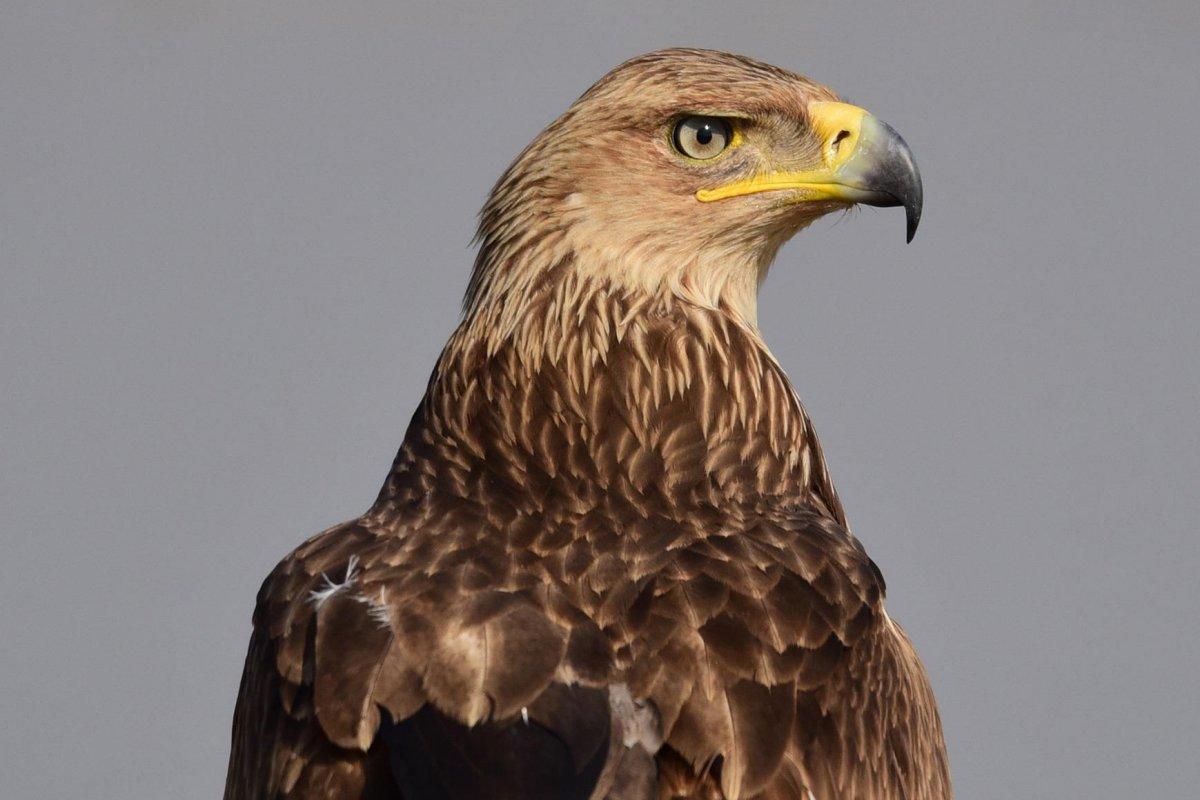
- Name: Eastern imperial eagle
- Scientific name: Aquila heliaca
- Conservation status:
The eastern imperial eagle is a large species of bird of prey found throughout much of Asia, but also in northeastern Africa, the Arabian Peninsula, and eastern Europe. It is an opportunistic predator that feeds on small- to medium-sized mammals, as well as reptiles, birds, and carrion.
While it is very vocal on its breeding ground, the eastern imperial eagle is usually quiet anywhere else. It is a migratory bird that spends the winter in warmer areas such as Singapore, the Indian subcontinent, and sub-Saharan Africa, and lives as far north as Russia.
18. Malayan softshell turtle
- Name: Malayan softshell turtle
- Scientific name: Dogania subplana
- Conservation status:
The Malayan softshell turtle is a very peculiar-looking species of turtle native to Singapore, Brunei, the Philippines, Indonesia, and Malaysia, among other countries. It has a large and muscular head, with a completely flat carapace with straight sides.
When it comes to feeding, the Malayan softshell turtle eats snails and other mollusks, crushing their shells with its very powerful jaws. It lives in the clean, running water of Singapore, usually in rocky streams at higher elevations.
19. Sunda pangolin
- Name: Sunda pangolin
- Scientific name: Manis javanica
- Conservation status:
The Sunda pangolin, also known as the Javan pangolin or the Malayan pangolin, is a species of pangolin native to southeastern Asia.
It is extremely rare and is on the brink of extinction, primarily due to hunting for the illegal wildlife trade, poaching for its body parts, and habitat loss, despite being strictly protected in countries within its range (China even raised the protection status of this pangolin to the highest level in 2020).
20. Banded krait
- Name: Banded krait
- Scientific name: Bungarus fasciatus
- Conservation status:
The banded krait is very rare in Singapore. It is found throughout southeastern and southern Asia, as well as on the Indian subcontinent, and it is the largest of all kraits, reaching lengths of up to 2.7 m / 8 ft 10 in.
Similarly to the black spitting cobra and the king cobra described earlier in this list, it is not particularly aggressive and does not pose a significant threat to humans. However, it remains venomous and its bite may be deadly.
21. Sunda flying lemur
- Name: Sunda flying lemur
- Scientific name: Galeopterus variegatus
- Conservation status:
Funnily enough, the Sunda flying lemur is neither a lemur nor is it flying: instead, it glides from one tree branch to another and is actually a species of colugo.
This mammal is exclusively arboreal and feeds on soft plant parts such as flowers, young leaves, shoots, and fruits. It can be found in a multitude of areas in Singapore, such as Bukit Brown, Gallop Road, Changi, and Bukit Timah.
—
So there you have them, these were my 21 native animals of Singapore. I hope you enjoyed this list and that you learned something new today.
In case you want to learn more about Singapore wildlife, feel free to keep reading, as I still have lots of things to tell you about:
Endangered Animals of Singapore
This is definitely the saddest part of the list, but it is very important to raise awareness. Because of this, let’s go through the list of endangered animals in Singapore.
Here are the animals in danger of extinction in Singapore.
- None
- Helmeted hornbill
- Sunda pangolin
- Southern river terrapin
- Yellow-crested cockatoo
- Banded leaf monkey
- and 17 more…
- Masked finfoot
- Irrawaddy dolphin
- Black-winged myna
- Tiger
- Black marsh turtle
- and 41 more…
To see the full list of endangered species in Singapore, head over to the International Union for Conservation of Nature’s Red List.
What is the National Animal of Singapore?
The national animal of Singapore is the lion.
The lion is by far the most important symbol of Singapore. It is featured on the country’s coat of arms, alongside a tiger (which represents Malaysia), and is arguably the most prestigious animal found in the country.
It is a symbol of royalty and might, and is a particularly majestic animal.
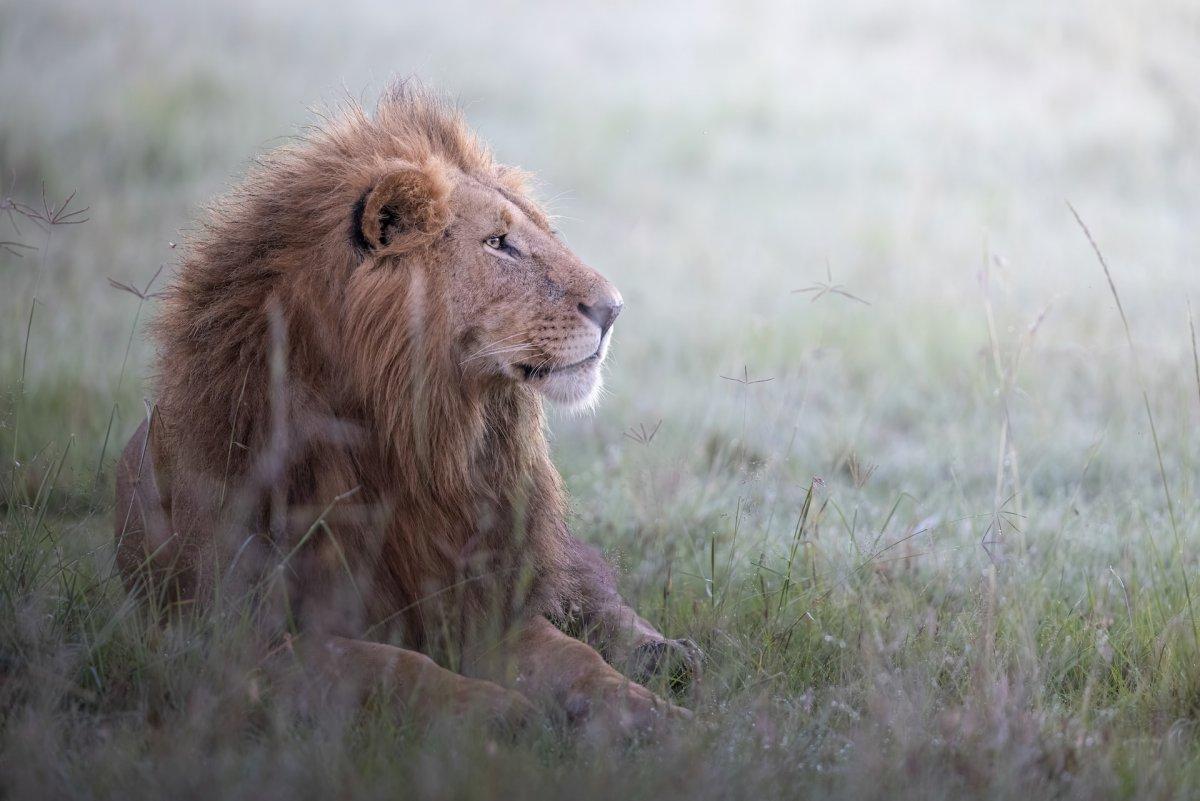
How Many Animals Native to Singapore?
What is the diversity of native animals in Singapore?
Let’s look at the total number of species of Chordata (mammals, birds, fishes, and reptiles).
Total number of animal species in Singapore: 1,834 (15,319 in total in South and Southeast Asia)
More About Animals in the World!
Loved these Singapore animal facts? Want to see what animals live in other countries?
Then check out these posts:
Or click here to see ALL the facts up on the blog! Spoiler alert: there’s A LOT of them.
Share the knowledge! Click on the buttons below to share information about these famous Singapore native animals with your friends, and help them learn more about the world 🙂
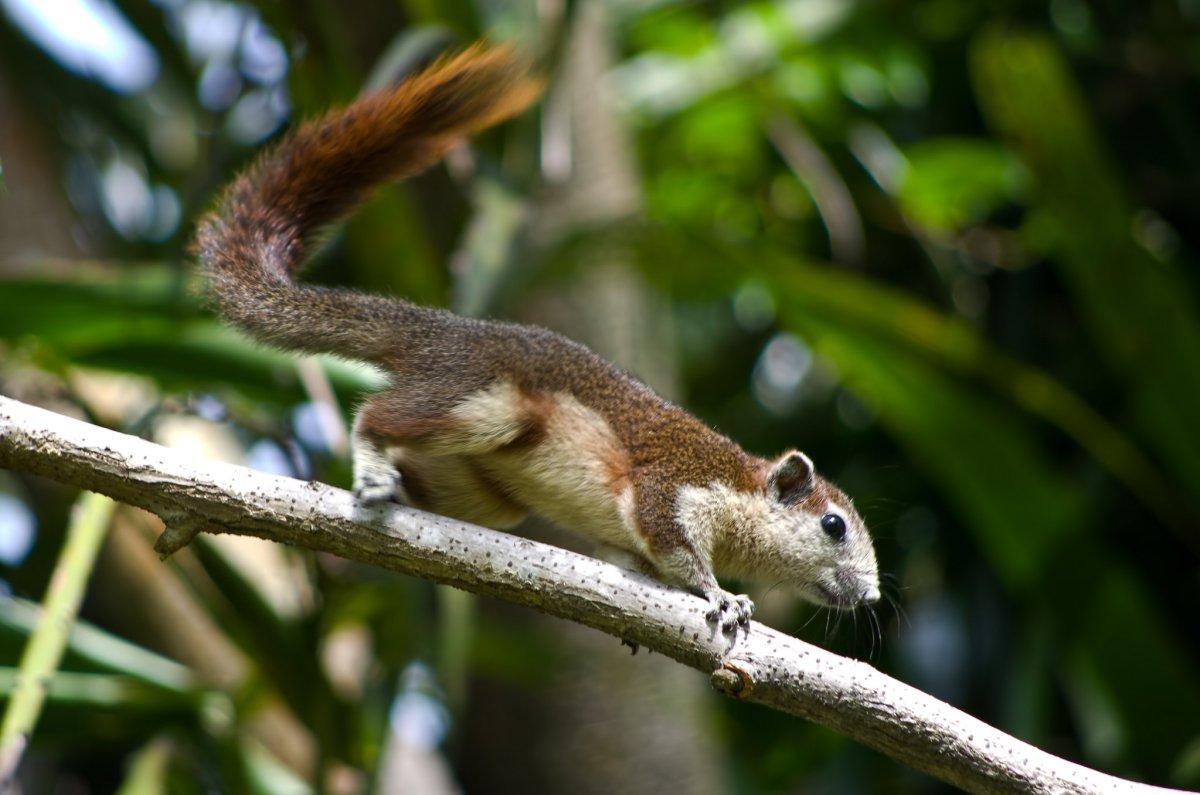
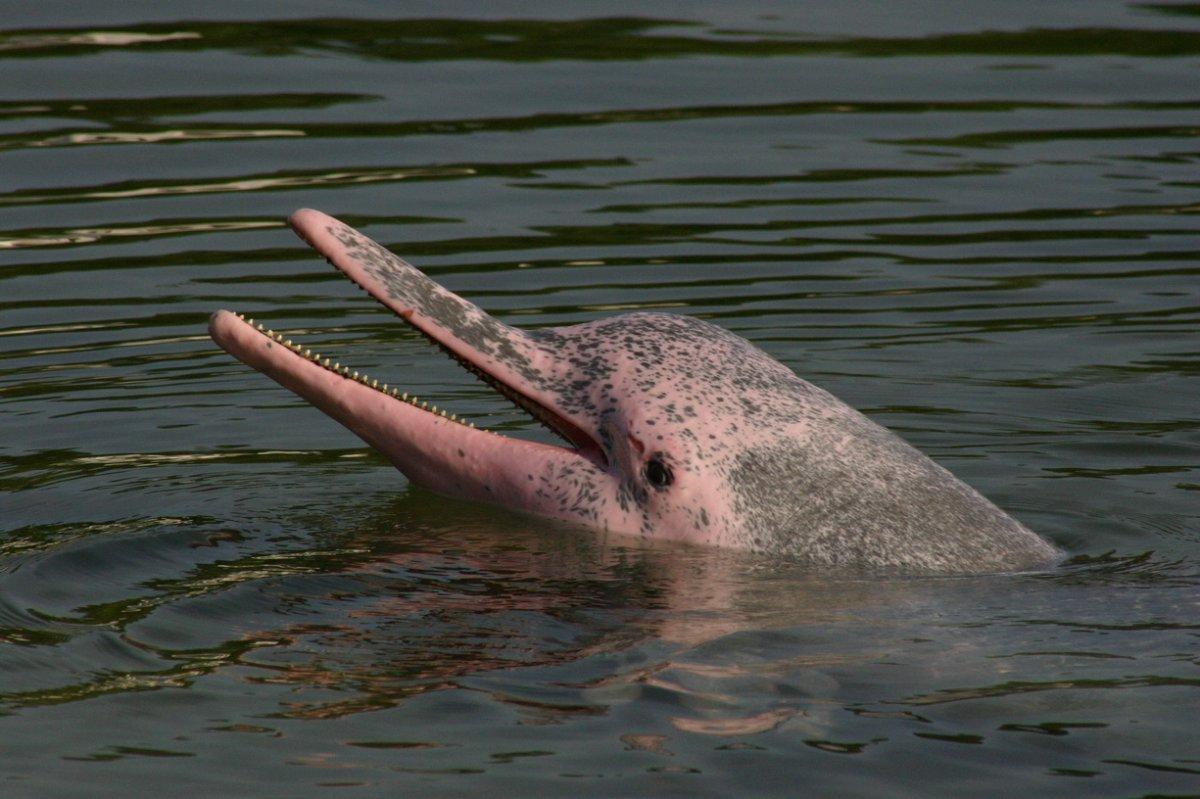
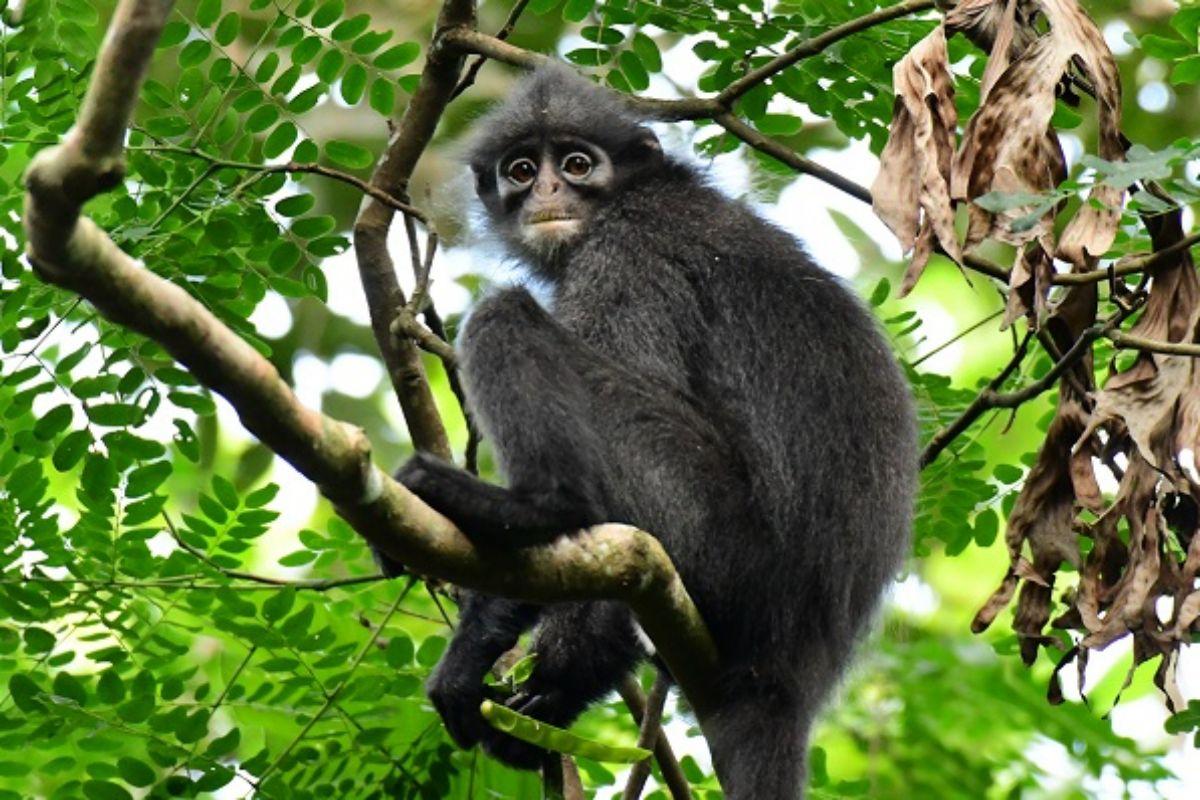
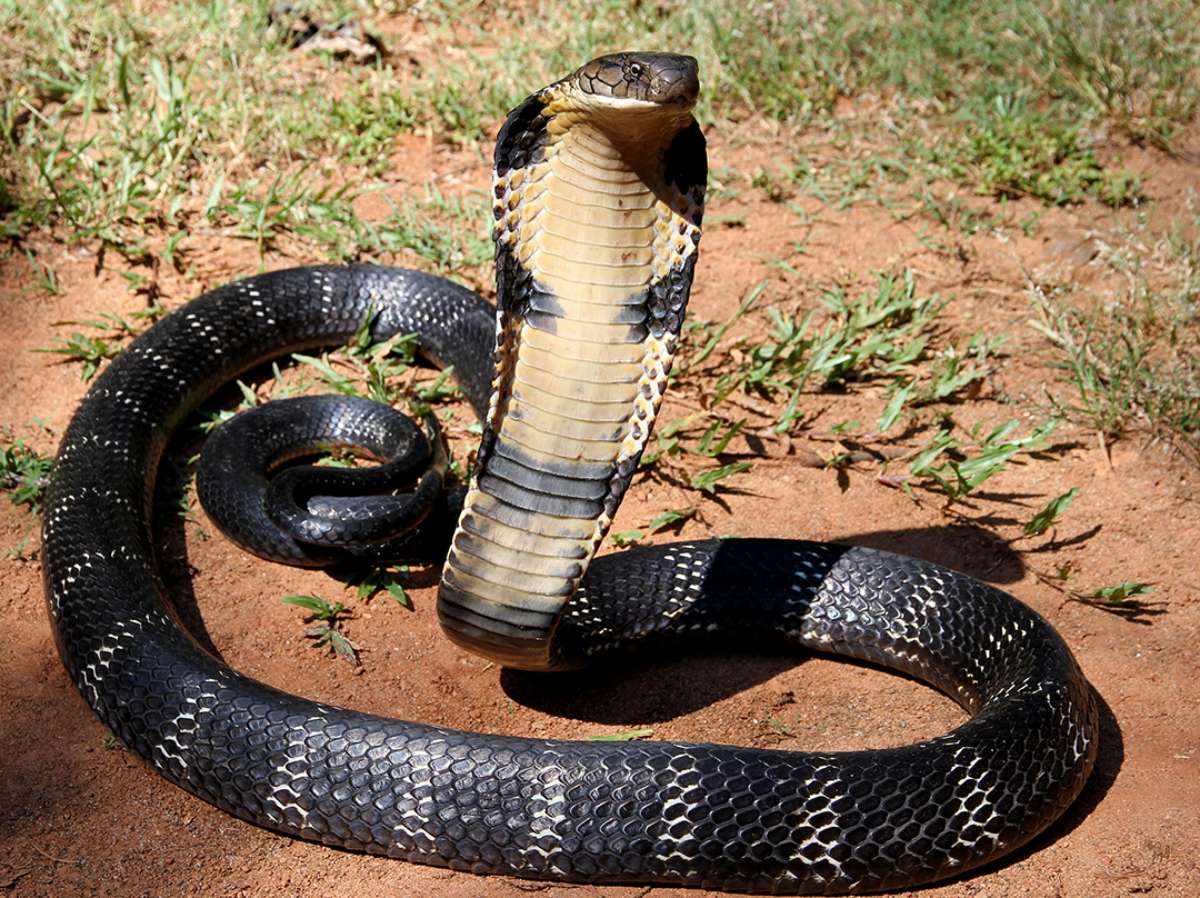
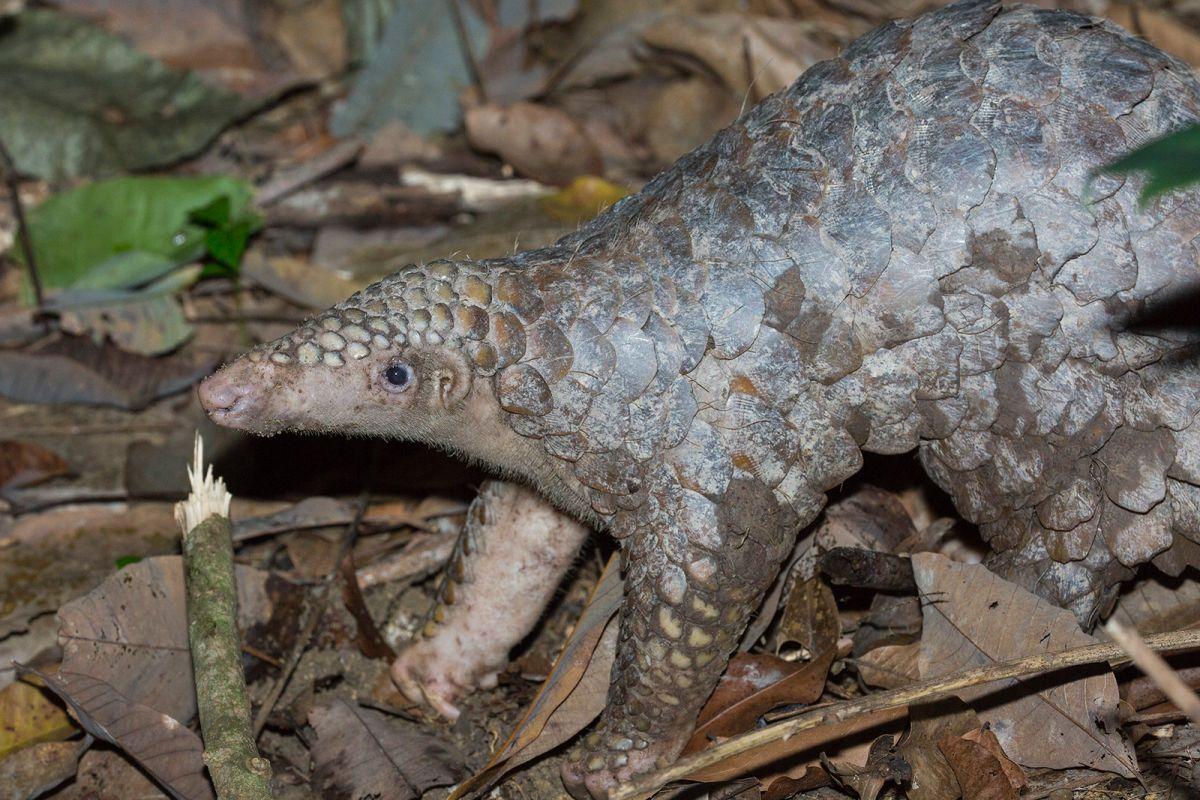
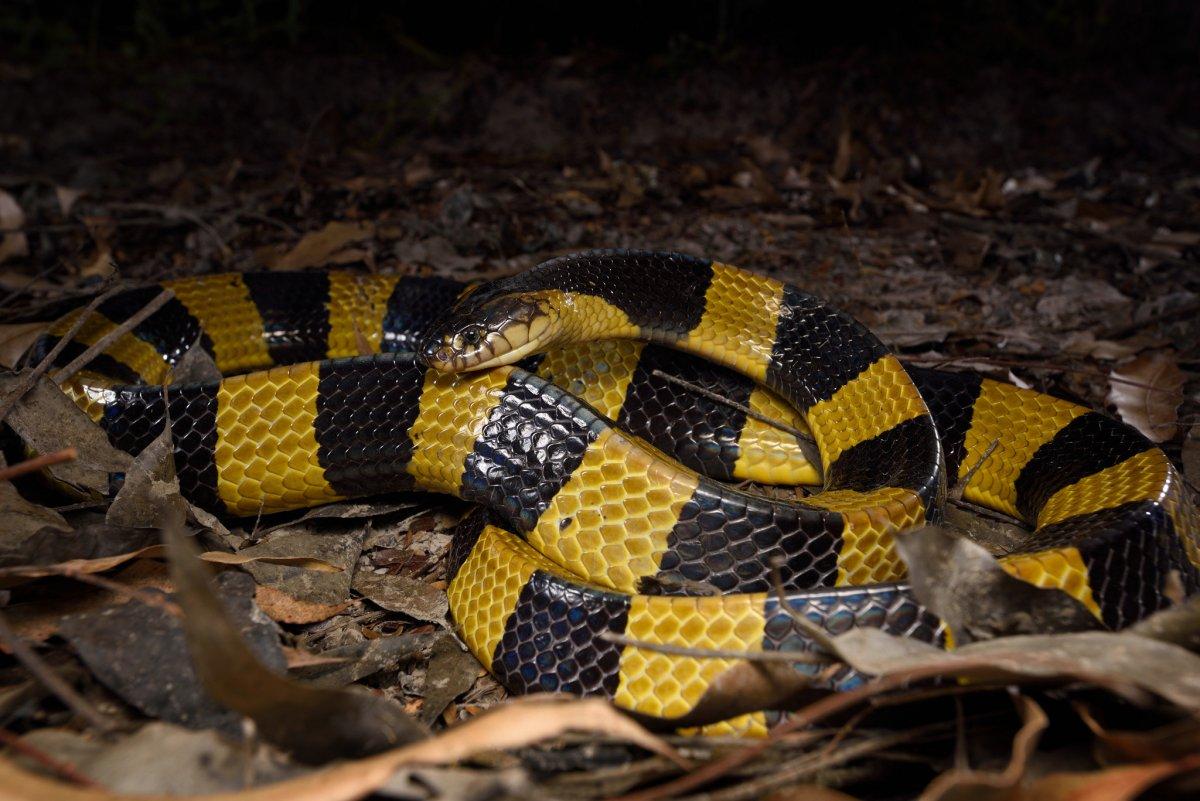
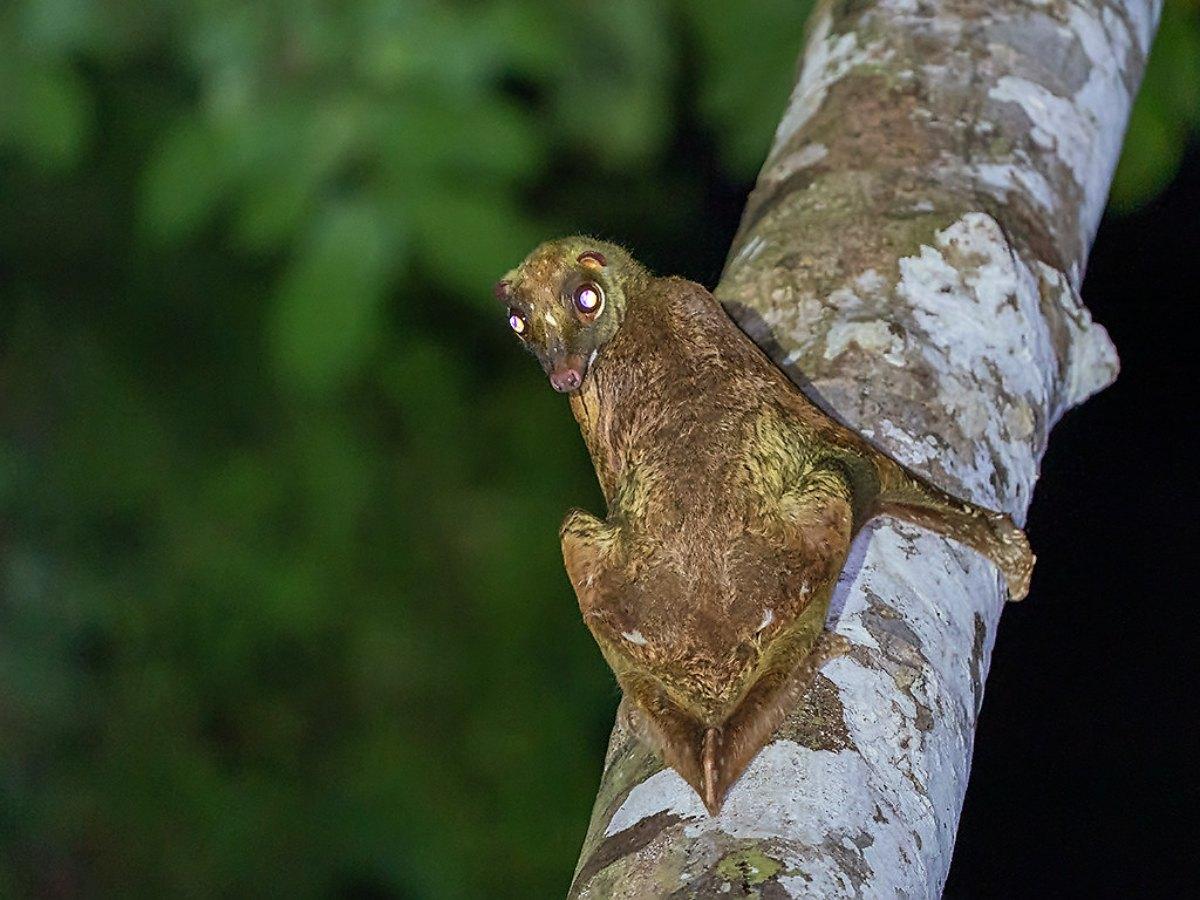

![13 Wild Animals in Jordan [Wildlife in Jordan]](https://www.kevmrc.com/wp-content/uploads/2022/06/13-wild-animals-in-jordan.jpg)
![10 Wild Animals in Micronesia [Wildlife in Micronesia]](https://www.kevmrc.com/wp-content/uploads/2023/01/10-wild-animals-in-micronesia.jpg)
![21 Wild Animals in Croatia [Wildlife in Croatia]](https://www.kevmrc.com/wp-content/uploads/2022/06/21-wild-animals-in-croatia.jpg)
Complete overview of the diverse range of animal species found in Singapore, highlighting the importance of conservation efforts and promoting awareness.